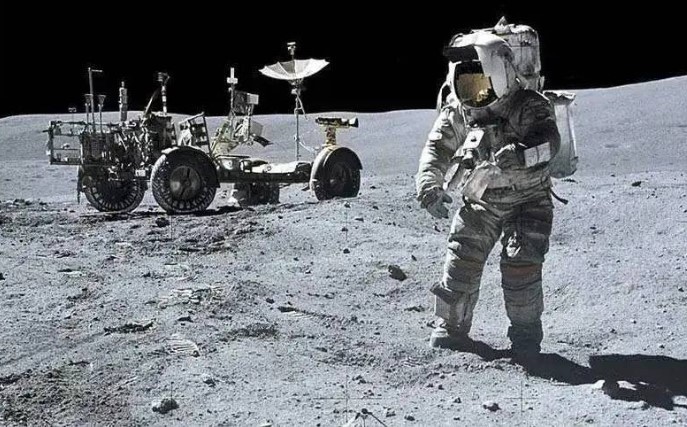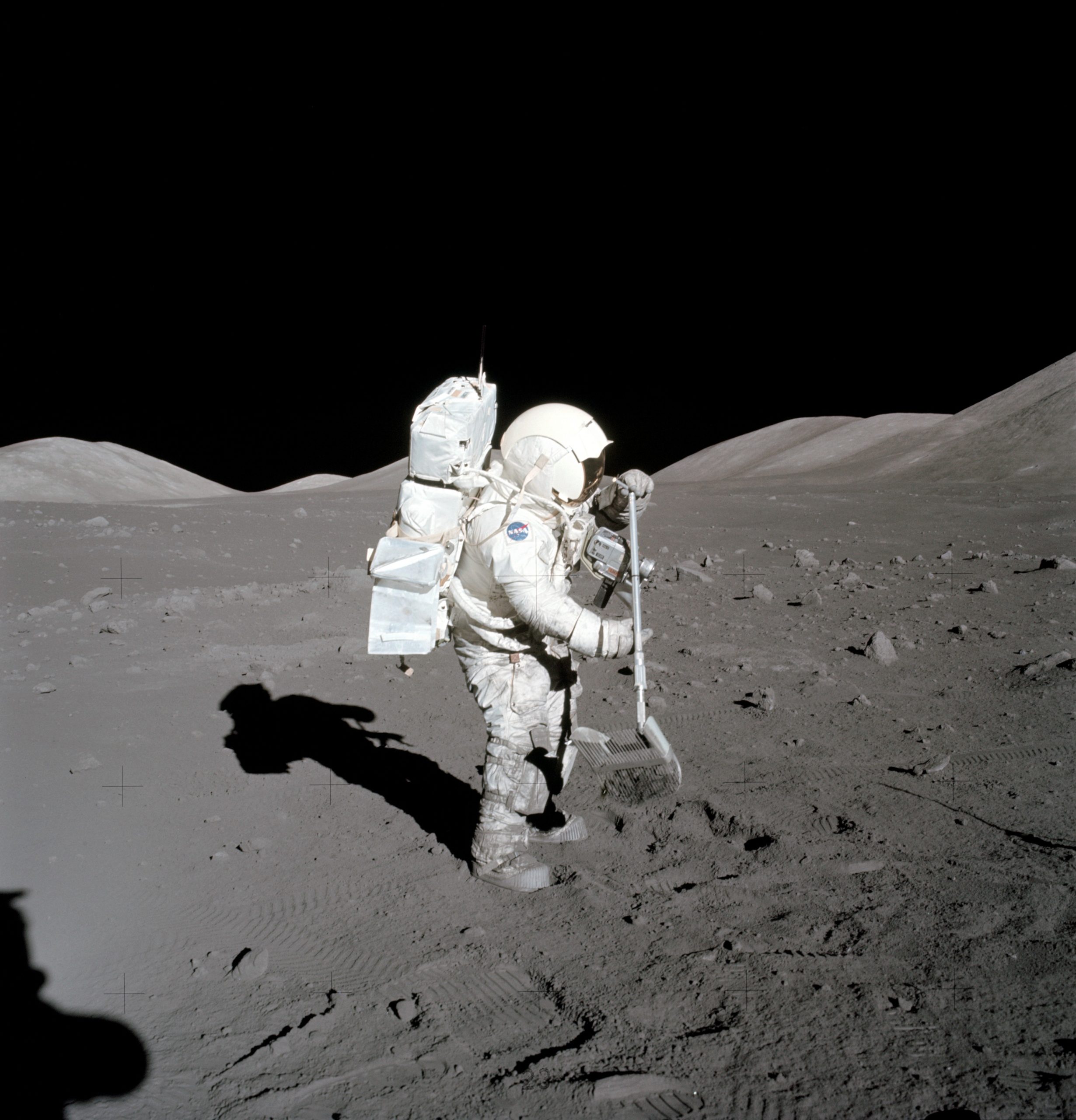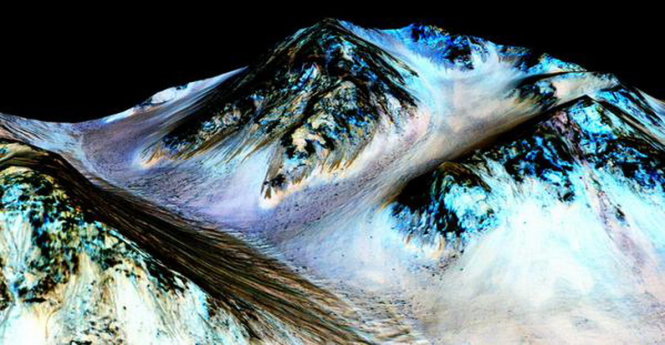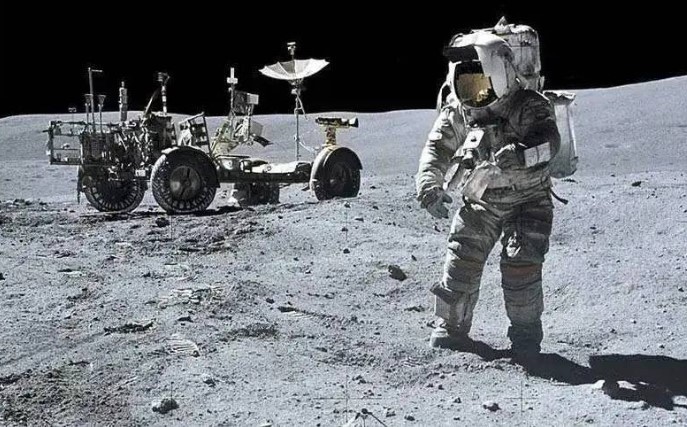In a groundbreaking revelation, NASA has unveiled a remarkable discovery that could reshape our understanding of Mars and bring us one step closer to establishing human colonies on the Red Planet. The latest findings reveal the existence of salty water on Mars, a crucial factor for sustaining life and turning the dream of colonization into reality.

NASA suggests that Mars once harbored rivers and lakes billions of years ago, providing a potential habitat for microbial life. As the planet’s thin atmosphere diminished over time, the water evaporated, leaving behind the frozen desert landscape studied by NASA’s Mars Reconnaissance Orbiter (MRO) today. Previous estimates indicated that water on Mars evaporated around 3 billion years ago. However, recent research analyzing 15 years of MRO orbital data has shortened this timeframe significantly, suggesting liquid water existed on the planet approximately 2 to 2.5 billion years ago, extending the period of potential water flow.

On January 26th, NASA disclosed the new findings on Mars’ water, published in AGU Advances on December 27, 2021, focusing on chloride salt deposits left behind as icy water evaporated. While the valley networks’ shapes suggest the possibility of past water flow on Mars, the salt deposits provide the first mineral evidence confirming the presence of liquid water. This discovery raises new questions about the potential duration of microbial life if it ever existed on Mars, as on Earth, where there is water, there is life.
Lead author Ellen Leask conducted the majority of the research at Caltech in Pasadena during her doctoral studies. Leask, currently a postdoctoral researcher at Johns Hopkins University’s Applied Physics Laboratory, collaborated with Professor Bethany Ehlmann of Caltech. Utilizing data from MRO’s Compact Reconnaissance Imaging Spectrometer for Mars (CRISM), Leask and Ehlmann mapped chloride salts in clay-rich highland regions in Mars’ southern hemisphere, known for impact cratering. Counting the number of impact craters in an area helped estimate its age.

MRO employed two cameras for this purpose: the Context Camera, capturing wide-angle black and white images to map chloride ranges, and the HiRISE camera, providing detailed observations of Mars’ surface from orbit. By combining data from both cameras to create digital elevation maps, Leask and Ehlmann identified numerous salt deposits in low-lying areas that were once ancient lakes.

NASA’s discovery of salty water on Mars marks a pivotal moment in the quest for extraterrestrial life and human habitation beyond Earth. The presence of liquid water opens new possibilities, fueling our collective desire to transform Mars into humanity’s second home. As technological advancements continue and international collaboration strengthens, the dream of living on Mars is becoming increasingly attainable. The exploration of Mars has undoubtedly entered a promising new chapter, bringing us one step closer to the day when humans proudly call the Red Planet home.




